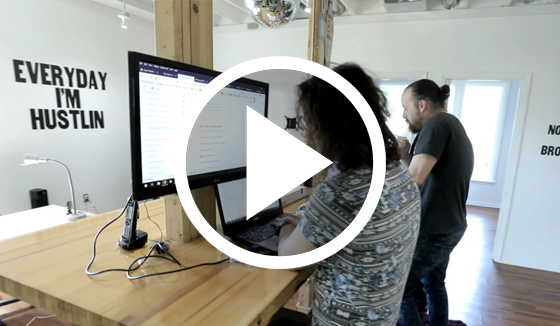While automated vehicles (AVs) use existing streets, highways, traffic lights and signage for guidance, they interact with roadway infrastructure much differently than human drivers. Because AVs are driven by machines instead of people, they have the advantage of communicating with other machines that are already in place and are starting to be deployed as part of smart infrastructure. Ranging from traffic cameras to sensors, collaborative infrastructure can help AVs navigate a tricky intersection or even detect and prepare for a potentially dangerous situation ahead, such as a pedestrian walking into traffic or a vehicle speeding through a red light.
“Now we’re using video as a sensor to classify vehicles, pedestrians and bicyclists at intersections,” Sgambati said. “Bosch cameras can now provide metadata and analytics in addition to images and we’re using that to determine – just like an AV’s sensors and software – whether a pedestrian or a bicyclist is in the roadway.”
For example, Bosch, the Ohio DOT and other partners have developed a Smart Mobility Corridor along US-33 near Columbus. The 35-mile (56-km) stretch of smart roadway runs through cities such as Marysville and Dublin that also are partnering with Bosch through Drive Ohio, the smart-mobility division of the Ohio DOT. “It’s a test bed to use video as a sensor to augment automated and connected vehicles and make automated driving safer and more seamless,” Sgambati said. “It’s really foundational work.”
#
Media Contact:
Andrew Kohn
Public Affairs Officer
614.578.1302 – Cell
akohn@dublin.oh.us
Newsroom: https://dublinohiousa.gov/newsroom/



Comments are closed.